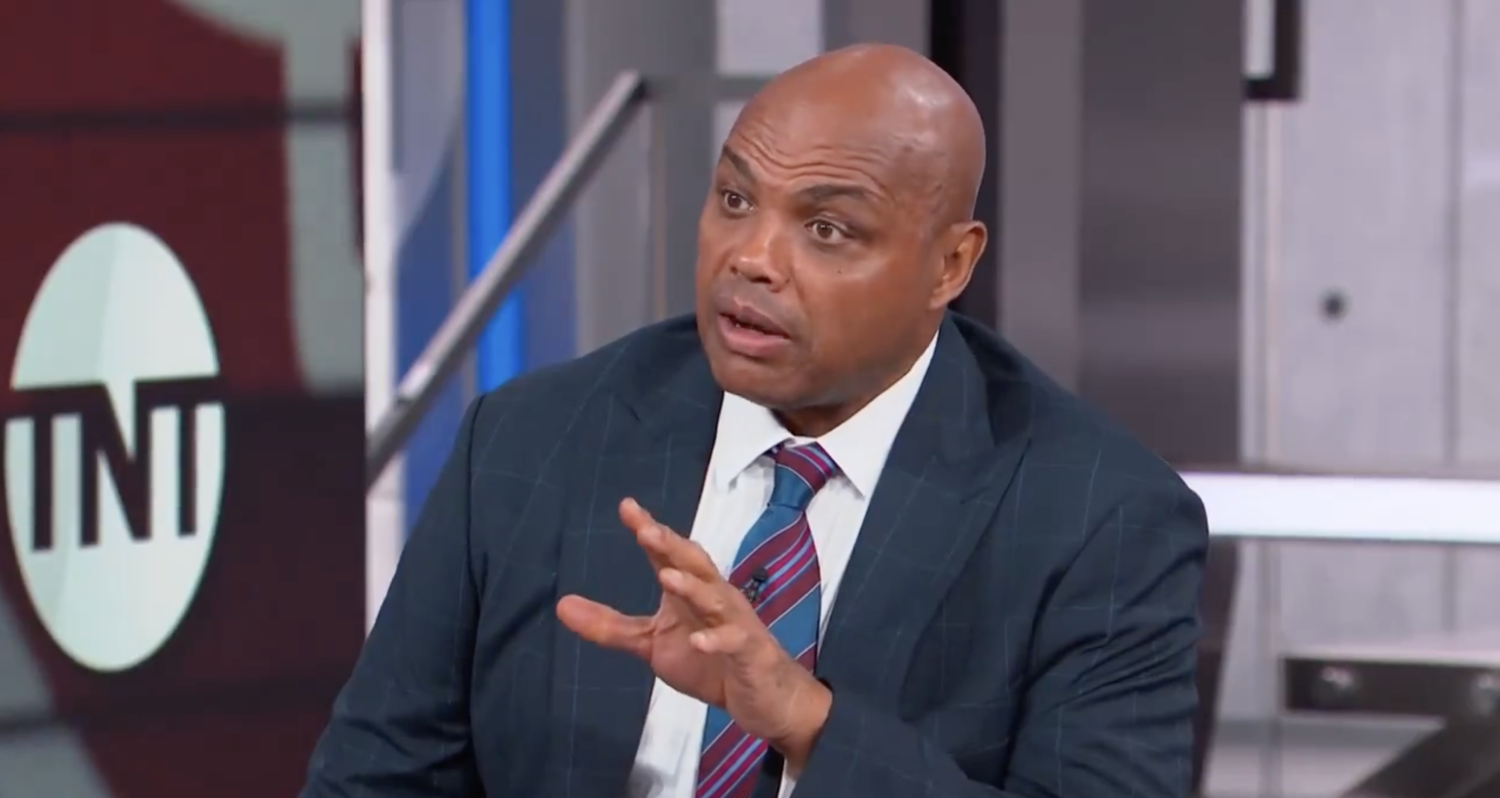Of the many arms of the Disney Corporation, ESPN has often been considered one of the most financially-dependable and consistent. Recently, however, the landscape has shifted and the Worldwide Leader in Sports has seen ratings plummet in 2015. When profit projections were lowered in August, Disney saw a $22 billion selloff in stock over the course of the next two days. As cable subscribers drop, cord-cutters rise and the way we consume sports and entertainment evolves, ESPN finds itself at a crossroads as to how it’s able to get back to growing.
President John Skipper has been able to stay largely out of the media as the ESPN engine hummed along. Now, with growing concerns over the way ESPN will maintain it’s dominance in the face of changing consumption patterns and growing competition, he’s speaking publicly about how ESPN will face the challenges ahead in order to quell fears.
Skipper spoke with the Wall Street Journal this week and tried to make it clear that the network is actually doing well, despite what you’ve heard, and has big plans to reach audiences who don’t subscribe to cable.
On what the biggest reason for loss of cable subscribers was, Skipper denotes cost-cutting, though he tries to undercut the impact it has had.
People trading down to lighter cable packages. That impact hasn’t leaked into ad revenue, nor has it leaked into ratings. The people who’ve traded down have tended to not be sports fans, and have tended to be older and less affluent. We still see people coming into pay TV. It remains the widest spread household service in the country after heat and electricity.
When asked if he foresees a day when cord-cutters would be able to watch full ESPN programming online, Skipper defends cable as “the most successful business model in the history of media” and sees “no reason to abandon it,” which was a roundabout way of saying no.
That said, online content streaming is a core part of ESPN’s business model moving forward, most notably when Skipper discusses plans for SportsCenter in the coming year.
What we’ve had to do is make sure [SportsCenter] lives on digital platforms. That is why we’re trying to do a late-night SportsCenter show [that will be] like a late-night show. Just giving the scores and highlights, that is going to happen online. We are, in the advertising market right now, selling like ad prices—meaning that if you’re getting your video on SportsCenter or off your mobile phone, the ad costs the same.
While Skipper makes it clear that he still sees a bright future in cable subscriptions, he’s smart enough to acknowledge that online streaming options such as Sling TV and Apple can be a big part of the “addition by subtraction” way to think about audiences these days.
We see the Sling TV numbers, which are significant. We’ve had discussions with Apple. I believe in 2016 there will be further announcements on other kinds of packages….that will get younger subscribers into the market. We don’t think of it as an offset. It was simple before when we had subscription and television ad revenues. Now we’ve got more buckets. We have new direct-to-consumer, digital advertising [revenues].
You may also remember plans for ESPN and the NBA to partner on a direct-to-consumer streaming service back in 2014. That has yet to materialize and Skipper says they may have jumped the gun of that kind of business model.
We did not get to that as quickly as we hoped. We did buy some rights. We and the NBA did some exploring about doing an over-the-top service. We haven’t gotten to that yet. We haven’t abandoned it. You’ll see us continue to look at that. We’re still looking at other opportunities to go direct-to-consumer.
Skipper was also pressed about specific ESPN properties and their value. With the long-gestating The Undefeated, he denotes the highly-debatable notion that “there is not right now a go-to site for black fans, other than just ESPN sites.” He says that Nate Silver’s FiveThirtyEight “is about showing leadership in data and analytics.” As for the shuttered Grantland, Skipper says only that the Bill Simmons’ brainchild “had great brand halo and we did a lot of content to be proud of.”
Skipper stays close to the script for much of the interview, though if you would allow for the usage of the word “knuckleheads” to show a brief moment of mask-slippage, then his answer regarding whether or not ESPN has taken it too easy on the NFL is the closest he gets to showing emotion.
Nobody does more difficult stories than we do. Nobody can point to an instance when the programming department asked the news department not to do a story. The two sides come together only in this office. I get the great benefit of the leagues letting me know [when] they feel that we have been too aggressive, while I get to read about six knuckleheads who think that we aren’t doing enterprise coverage.
Skipper can be sure of one thing in 2016. The knuckleheads will be watching him to see what he does if audiences continue to change the way they watch ESPN.
[WSJ]







Comments are closed.